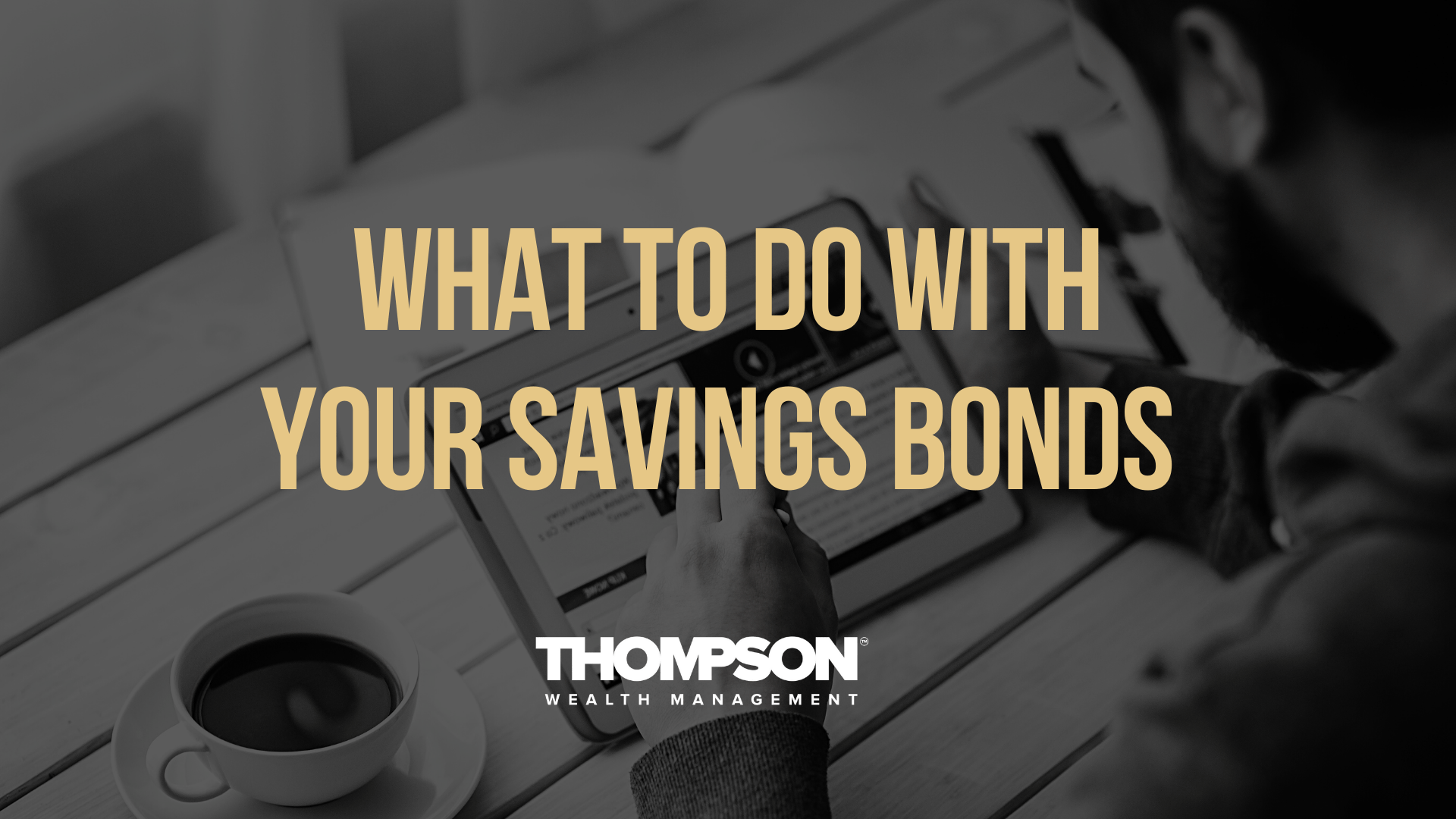
What to Do With Your Savings Bonds
Maybe your grandparents gave you a savings bond each year for your birthday when you were a kid. Maybe you received a pile of paper bonds as part of an inheritance. Or maybe you bought a savings bond or two as a safe way to invest, but forgot about them when life got busy.
If you’ve got old savings bonds lying around, they’re definitely worth something. Here’s how to know what you’ve got — and what to do with them.
A Savings Bond Primer
First, a quick lesson on US savings bonds. Savings bonds are one way that the federal government borrows money to keep the country running. In this case the government is the borrower, and you, the savings bond owner, are the lender. When you buy a bond, you are lending the government money that they will repay with interest over time. When the bond matures, you get back your initial investment plus all the interest the government pays for the privilege of borrowing from you.
Because savings bonds are guaranteed by the United States Treasury, they are one of the safest investments around. You may not earn a huge interest rate, but you can be very confident that — unlike a tech startup or even a major corporation — it will always be around to honor its debt and pay you back.
Savings bonds can be given as gifts, and they were hugely popular a few generations ago as a way to provide a good start for children and grandchildren. Because bonds take 20 to 30 years to mature, people felt good about giving them to children so they could have a nice little nest egg to pay for college or buy a house when they became young adults.
Of course, many people also buy savings bonds for themselves as well. Nowadays it’s all done online and bond certificates are electronic instead of paper, but the concept is the same.
How to Tell When Your Bond Is Mature
If you have bonds, you’ll get the most out of the investment if you wait until they are fully mature to cash them in. This depends on the bond’s purchase date and series, both of which are listed on the front of the bond.
Start by checking the series of your bonds. If you have Series E or Series H bonds, these are already mature and no longer earn interest. You can cash these in for maximum value at any time.
If you have Series EE, Series HH, or Series I bonds, you’ll need to check the date, as some of these have matured while others have not. Series EE and Series I bonds earn interest for 30 years, while Series HH bonds earn interest for 20 years. You can check the Treasury Direct website for additional information about other, less common bond series as well.
If you’re not interested in maximizing the return on the bond, you can always cash it out early. As long as the bond is more than five years old, you can do this without penalty. Still, if at all possible, it’s best to wait until the bond is fully mature to get the full return when you redeem it.
How to Redeem Your Bonds
Most, though not all, banks will cash savings bonds for their customers. Call ahead to make sure they offer this service. When you go to the bank, you’ll need to bring your savings bonds as well as your ID. The bank will check to make sure the bonds are issued in your name — you won’t be able to cash them if they’re in someone else’s name.
If your local bank doesn’t cash bonds, you can mail them to the US Treasury instead.
Note that if you received bonds as part of an inheritance, the bond is considered part of the estate to be settled. You’ll have to do some additional paperwork to redeem the bond.
If your bonds are electronic, you can track their value and cash them in online at Treasury Direct. From there, you will receive a direct deposit for the amount you are owed.
Don’t Forget Taxes
Discovering forgotten savings bonds can be exciting, but be careful: As the owner of the bond, you are on the hook for income taxes on any interest you have earned. Bonds are taxed in the year that you redeem them, so expect to receive a 1099-INT form in the mail. You’ll then enter this information when you file your federal income taxes, just as you would when you earn interest on a regular bank account.
If you have a large amount of money in savings bonds, it’s a good idea to set some aside to cover the taxes so you aren’t caught off guard by a surprise bill in April. You may also reduce your tax burden by using your bond proceeds to pay for qualified higher education expenses. There are age and income limitations, so be sure to check the rules or talk to your tax professional for additional help.
How to Reinvest Your Savings Bond Earnings
Unlike other treasury bonds and notes, there’s no automatic reinvestment for savings bonds. Once you cash them in, you have to manually buy a new savings bond if you’d like to reinvest. You can do this online at Treasury Direct. Because this process is a bit clunky, you will still owe taxes on the interest, regardless of whether you buy new savings bonds or use the money for something else.
For more help with your investments or advice about what to do with an unexpected windfall, please reach out! We’re always here for you.
Past performance doesn’t guarantee future results. The views and material presented were created and intended to provide background assistance and education only.








